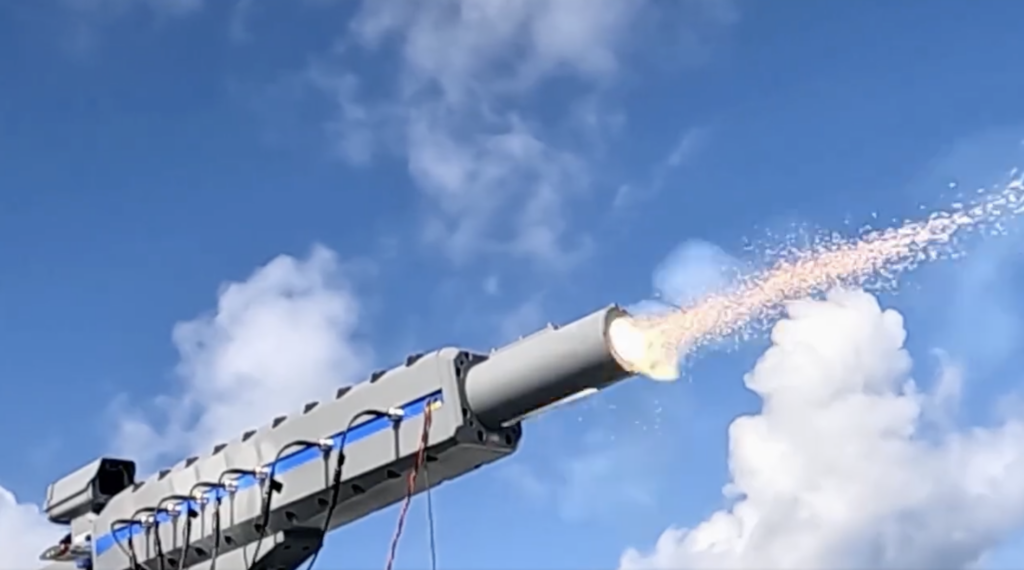Japan’s defense acquisition organization has signed a cooperation agreement on railgun technology with France and Germany.
The Implementation Guidelines for Railgun Technology Cooperation seeks to accelerate the weapon’s development in light of current geopolitical tensions in Europe and East Asia, Zona Militar wrote, referring to the agreement.
Japan’s Railgun Quest
Japan has been developing the weapon since 2016, testing its maiden railgun counter-hypersonic weapon last year.
The country set aside 6.5 billion yen ($56 million) for the weapon in 2022, aiming for deployment by the end of this decade.
France and Germany, meanwhile, are leading the four-nation PILUM railgun project to develop an electromagnetic railgun capable of firing hypervelocity projectiles (over 11,000 kilometers/6,700 miles per hour) up to 200 kilometers (124 miles) away.
US Navy Railgun Project
In a related development, Japanese defense officials visited the US earlier this year to benefit from the US Navy’s railgun experience.
The US military launched two railgun projects in the last few years but aborted both of them over financial and feasibility concerns.
The US Navy canceled its 15-year railgun project in 2021 due to fiscal and technological constraints.
A 32-megajoule railgun was developed by BAE Systems in a laboratory setting under the project.
The Railgun
A railgun uses electromagnetic force to fire high-velocity projectiles at up to Mach 7.
A greater speed than conventional munitions allows the railgun to launch projectiles in larger quantities toward targets, enhancing the chance of interception.
However, the technology comes with its share of challenges, such as the need for greater operating power compared to conventional weapons, making the weapon susceptible to overheating.
“Railguns operate by exerting extreme electromagnetic forces on a projectile, but those forces act against the railgun structure itself. This means they tend to self-destruct,” National Defense Magazine quoted the National Defense Industrial Association’s Emerging Technologies Institute’s Mark Lewis as saying.
Strategist at the New America think tank Peter W. Singer added, “If the technical issues were worked out, which is an obvious ‘if,’ it would have significant application in areas ranging from anti-missile to strike, you name it. Eventually, it will have its day. A key is not just the potential speed and range, but the relative cost per shot versus a missile.”



